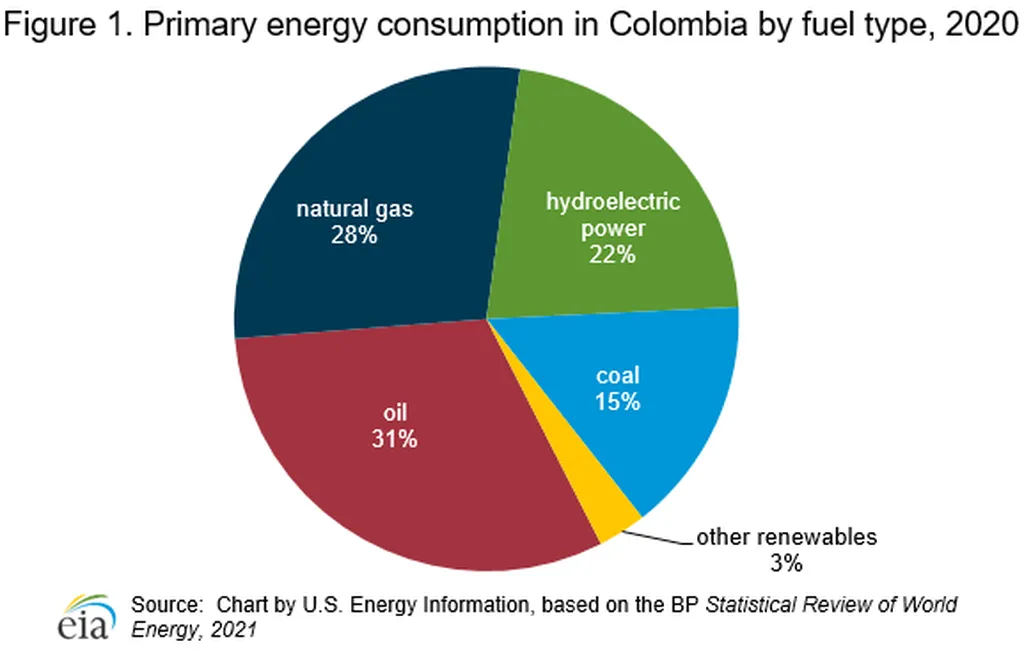In the heart of Colombia’s evolving energy landscape, a groundbreaking study is shedding light on the potential of solid-state transformers (SSTs) to revolutionize local distribution systems. Led by Juan Camilo Ramírez from the Grupo de Investigación en Alta Tensión-GRALTA at Universidad del Valle in Cali, this research is not just about technology—it’s about reshaping the future of energy distribution and management.
The study, published in the journal *Energies*, delves into the technical and economic feasibility of integrating SSTs into Colombia’s local distribution systems. This isn’t just academic exercise; it’s a response to the real-world needs outlined in Resolution 015 of 2018 by the Energy and Gas Regulatory Commission (CREG). This resolution sets the stage for remunerating electricity operators based on economic and quality parameters, creating a fertile ground for innovation.
So, what’s the big deal about SSTs? According to Ramírez, these transformers offer a suite of advantages that could transform the way we manage electricity distribution. “SSTs provide reactive power compensation, surge protection, bidirectional flow, voltage regulation, and harmonic mitigation,” he explains. “They also reduce size and decrease short-circuit currents, making them a game-changer for distribution network operators.”
But the benefits don’t stop at technical capabilities. The study also highlights the economic implications. By leveraging SSTs, operators can better manage demand and assets, paving the way for the digitization and modernization of Colombia’s electricity market. This isn’t just about keeping up with the times; it’s about setting the pace for a smarter, more efficient grid.
The research methodology was comprehensive, involving the creation of a reference framework for local distribution systems, followed by a detailed technical and economic evaluation. The findings suggest that SSTs could be a key player in the transition to smart grids, offering solutions that are both technically sound and economically viable.
For the energy sector, this research opens up new avenues for innovation and investment. As the world moves towards smarter, more flexible grids, Colombia is positioning itself at the forefront of this transition. The study by Ramírez and his team is a testament to the potential of SSTs to drive this change, offering a blueprint for other countries to follow.
In the words of Ramírez, “This research is not just about understanding the technology; it’s about understanding how we can use it to create a more efficient, more reliable energy system.” As the energy sector continues to evolve, studies like this one will be crucial in shaping the future of electricity distribution and management. The journey towards smarter grids is just beginning, and Colombia is leading the way.

